There’s more to SUPing than just the board! Find out what you should get when you purchase your first stand up paddleboard set!
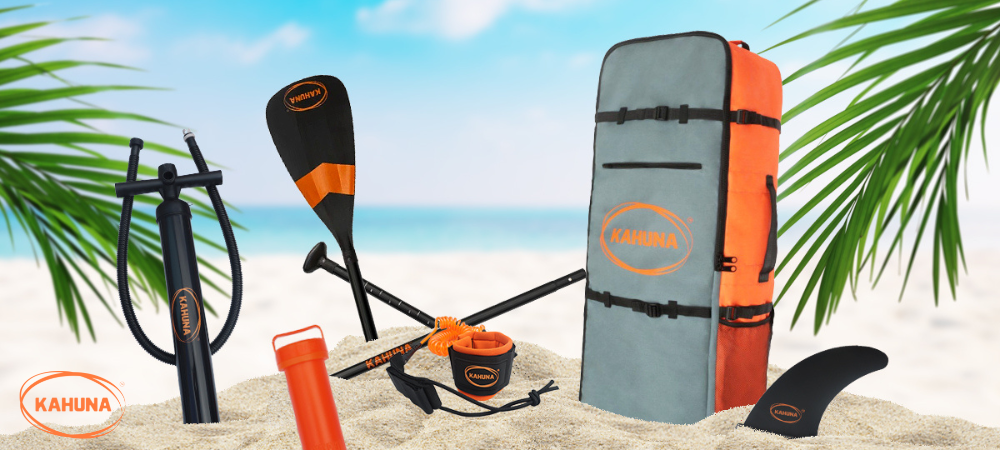
If it’s your first time paddle boarding, it can be easy to get carried away when buying your gear. You might end up buying everything in one day — and although there’s nothing wrong with that, it’ll be best to know which of those accessories are an absolute necessity.
To make it easier for you, we’ve listed down the accessories that you should get — that’s if it’s not included in your SUP kit yet.
Paddle Boarding Accessories
Paddle
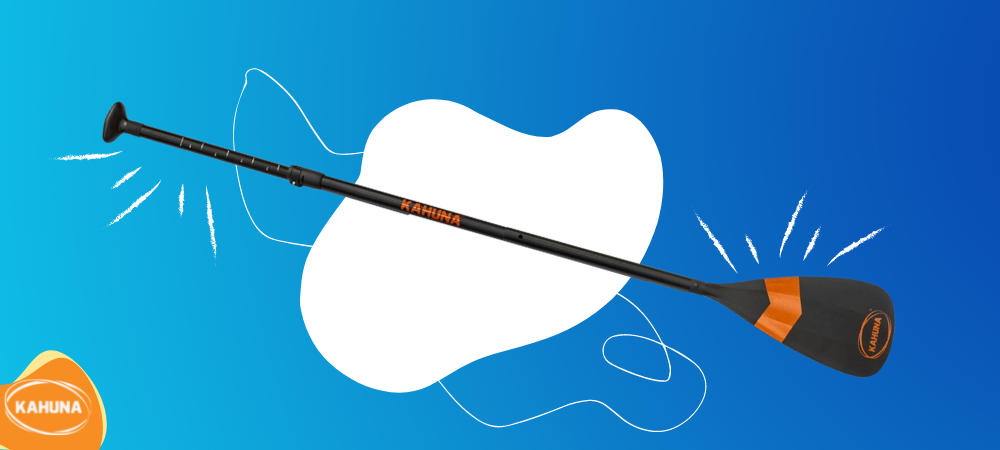
Most new iSUP (inflatable SUP) kits already come with a paddle. But if you’re buying a paddle board already used by someone and it doesn’t come with this, it’s important that you purchase a paddle by itself, as you won’t be able to function without it. For beginners or even experienced paddlers, we recommend you choose a lightweight and adjustable paddle that will let you navigate the water with ease. Plus, it can be taken apart easily, so you can fit it into your travel backpack once you’re done using it!
Leash
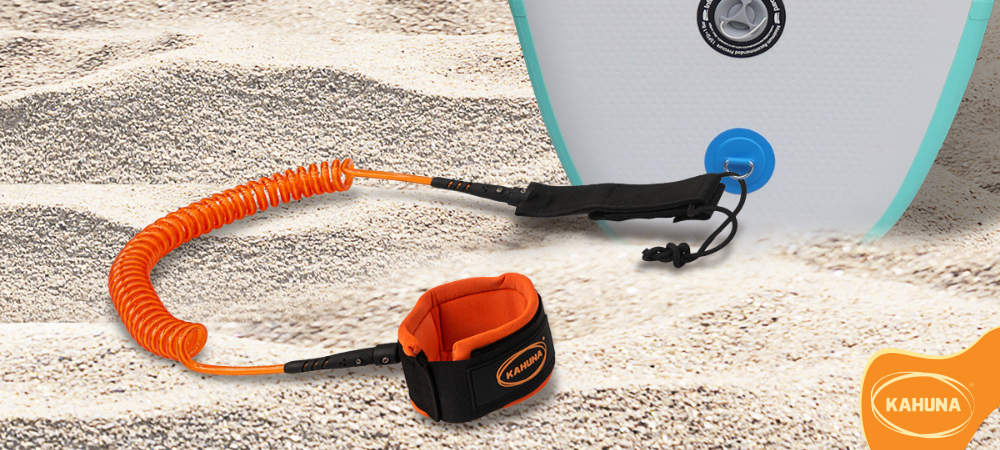
A SUP leash is another accessory that usually comes with your new paddle board when you purchase them. SUP leashes have Velcro collars that usually wrap around your ankle or calf on one end and tie onto a point on your board on the other end. This will keep you from getting away from your board if you ever fall in the water.
There are types of SUP leashes that you can choose from and whatever you pick should depend on the type of stand up paddle boarding activity you’re planning to do.
Coiled
Like a spring, there are leashes where the length is coiled. Coiled SUP leashes are typically used for general stand up paddle boarding activities that you can do on canals, lakes and calm seas. This type of leash will remain on the back of the paddle board to ensure it is less of a trip hazard.
Straight
The straight leash is just one continuous length only used for surfing. Most straight leashes should be around 10 feet long, so the board won’t recoil back towards the paddle board in case of a wipeout.
Now that we’ve discussed the difference between coiled and straight leashes, let’s talk about the nitty-gritty, shall we?
Ankle Leash
Suitable to be used when you’re paddle boarding on lakes, canals, calm seas and slow-moving deep-water rivers where there is no risk of snagging or entrapment. It’s super easy and simple to wear but it may get in your way when you’re moving around your board.
Calf Leash
This is similar to an ankle leash, but the cuff is slightly longer, so it can be attached just below your knee. This gives you more freedom to move around your board without worrying it’ll get in your way. The leash is placed higher up, so it doesn't sit directly on the deck of the board.
Quick Release Belt
Now, if you’re planning to stand up paddle board on moving water like rivers, we recommend you use a quick-release belt that you can attach around your waist for easy access. This way, it’ll be easier for you to detach yourself without the need to reach for your ankle or calf. Using this belt will give you more freedom to move around your board and ensure there is zero drag on the deck of the board. Make sure you practice first though before you start paddling!
Repair Kit
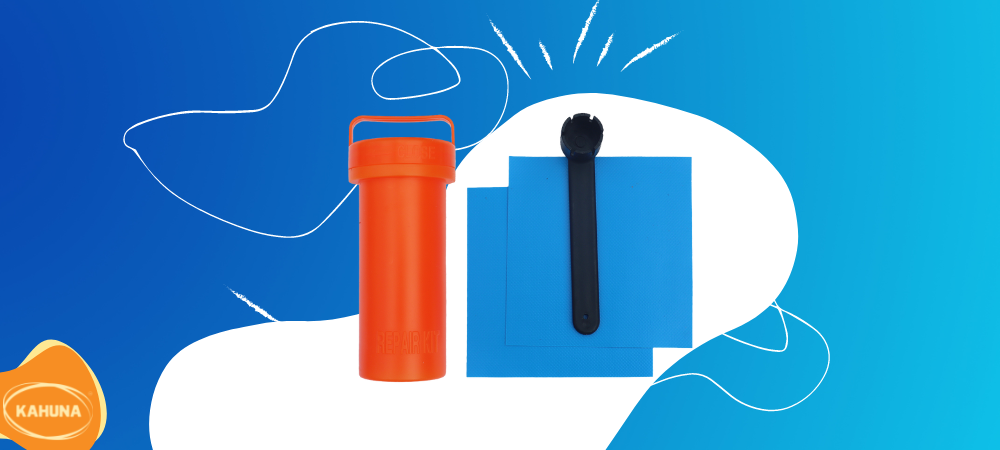
Punctures happen, but it doesn’t mean you should chuck out your board! If your kit didn’t come with a repair kit, it’s best that you prepare one, so you can get back on the water ASAP!
Pump
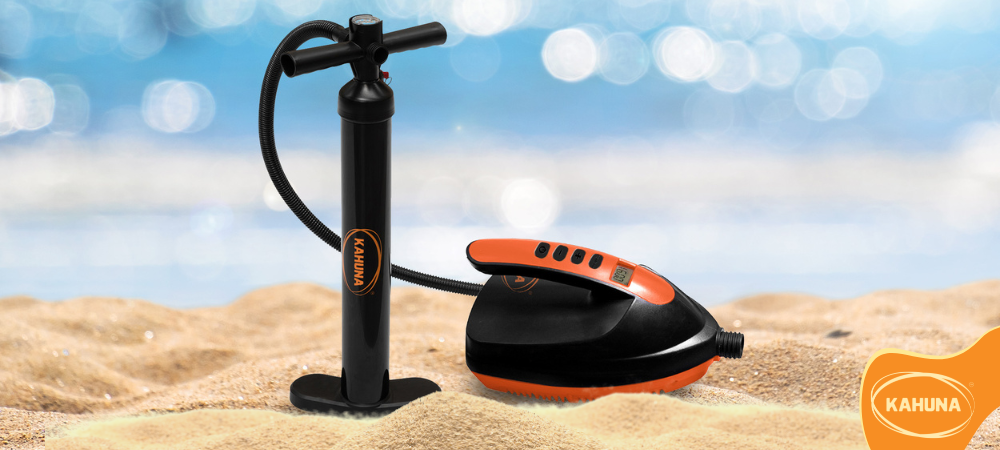
If you decide to purchase an inflatable stand up paddle board, you’ll need a pump to inflate it. Kits usually come with pumps, so you don’t have to worry about this. But just in case the kit you have doesn’t include this yet, it’s best to buy a double-action pump that’s strong enough to inflate your paddle board. We do not recommend that you use your car pump, as it may not be strong enough to inflate your board. Most boards should be inflated to 12-15 PSI, so you need to get a pump that has enough power to inflate your board!
If you can’t decide which one to get, we have listed down each type to help you out!
Most iSUP kits will come with a manual iSUP. It sometimes comes with a gauge that allows you to know what PSI your board is at. But even if it doesn’t, don’t worry, as it is nearly impossible to over-inflate or damage the board with this pump. It takes about 20 or so pumps of pretty heavy resistance before you get up to 10 PSI, so just keep pumping!
There is also what we call an electric iSUP pump. Basically, this is a set-it-and-forget-it type of deal. Pick your preferred PSI and once your board reaches that, it’ll automatically turn off for you. So if you’re going for convenience, we recommend you get this.
Keep in mind that both pumps take 10 minutes or so to inflate the board to 12-15 PSI so you have to be patient!
Bag
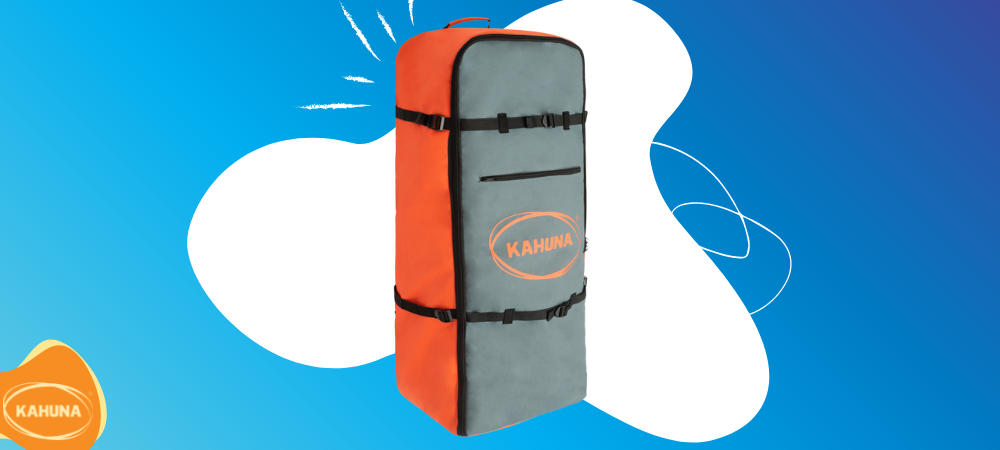
This is necessary for storing and transporting your inflatable stand up paddle board along with its accessories. So make sure to choose a bag that’s designed for comfort and convenience, while spacious enough to fit your board, accessories and other essentials as well. We recommend you also select a bag that has wide shoulders and waist straps, so it can help disperse the weight of the backpack — handy if you need to hike or walk.
Time to paddle board!
The right SUP accessories will make your stand up paddle boarding more fun, safe and memorable.
Kahuna offers high-quality inflatable stand up paddle board kits for every adventurer. With its all-around design, this iSUP is perfect for any type of water activity such as paddling, fishing, surfing, yoga and more. On top of that, it inflates and deflates quickly — so you can use it with no hassle and store it easily once you’re done. It also comes with everything you’ll need to start exploring! From the paddle to the bag, we got you covered!
So what are you waiting for? Order yours today or contact us if you have any questions!

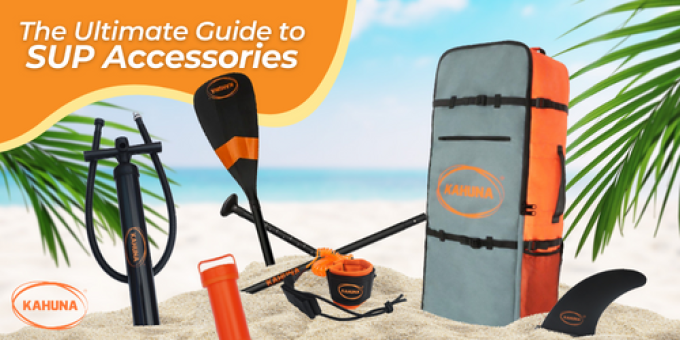



 klika australia
klika australia
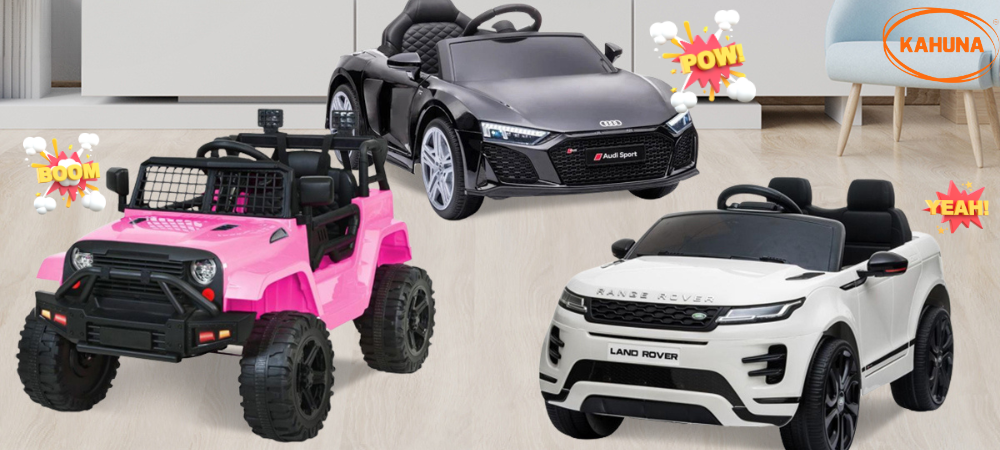
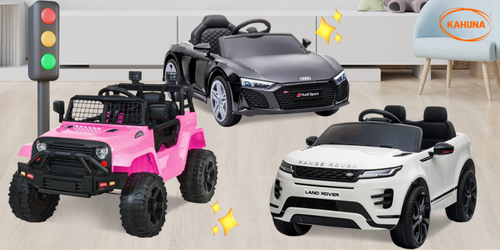
No comments
You have to log in in order to leave a comment.